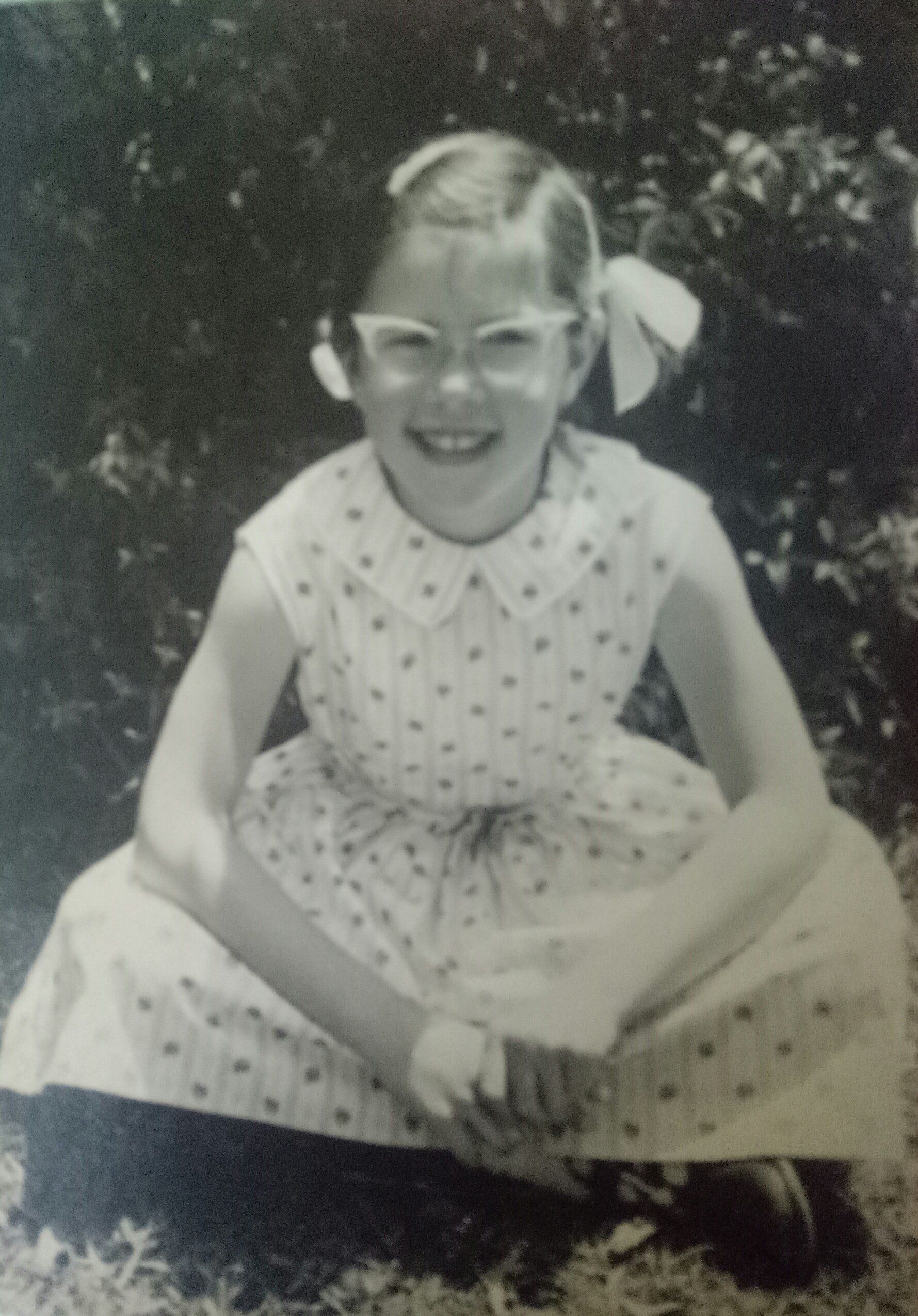Bias is all about how we see the world. Bias involves the stories we tell ourselves about other people. Bias is about perception, perspective, preference and prejudice. Bias tells us that people who are different – in age, race, skin colour, accent, language, faith, size, ability, gender – are somehow less-than us. Bias separates us from each other. Bias hurts and, at times, kills.
When we’re children, it’s quite normal to expect that everyone sees things as we do. We think that the way we see the world is the only way to see the world. As we get older, and hopefully more mature, we begin to realise that not everyone sees things the way we do. We start to notice that different families have different ways of looking at life. We begin to hear different opinions to the ones we’ve grown up with. And our teen years are the classic time when we either affirm the values and outlooks of our families or we rebel against them and explore new ways of being in the world.
Even when we’ve rebelled against the strictures of family, long-held and unconscious biases hold sway, shaping our perception of other people. These hidden perceptions influence the perspectives we develop around who is trustworthy, who is reliable, and who is worthy. When it comes to making decisions, both instantaneous and considered, our perspectives affect the preferences we have with regard to relationships, both personal and in the workplace. And, sadly, our preferences can harden into prejudices that exclude, discriminate and disadvantage.
It all begins with how we see, what we see, and the stories we shape out of that seeing. Building awareness of bias allows us to see what has been hidden in plain sight. Understanding the impact of bias enables the development of fairer and more just workplaces. Addressing bias involves dismantling systems and structures that discriminate and implementing policies and procedures that favour equity across the board.
And it all starts with seeing through the eyes of others.
Seeing through the eyes of a child.
